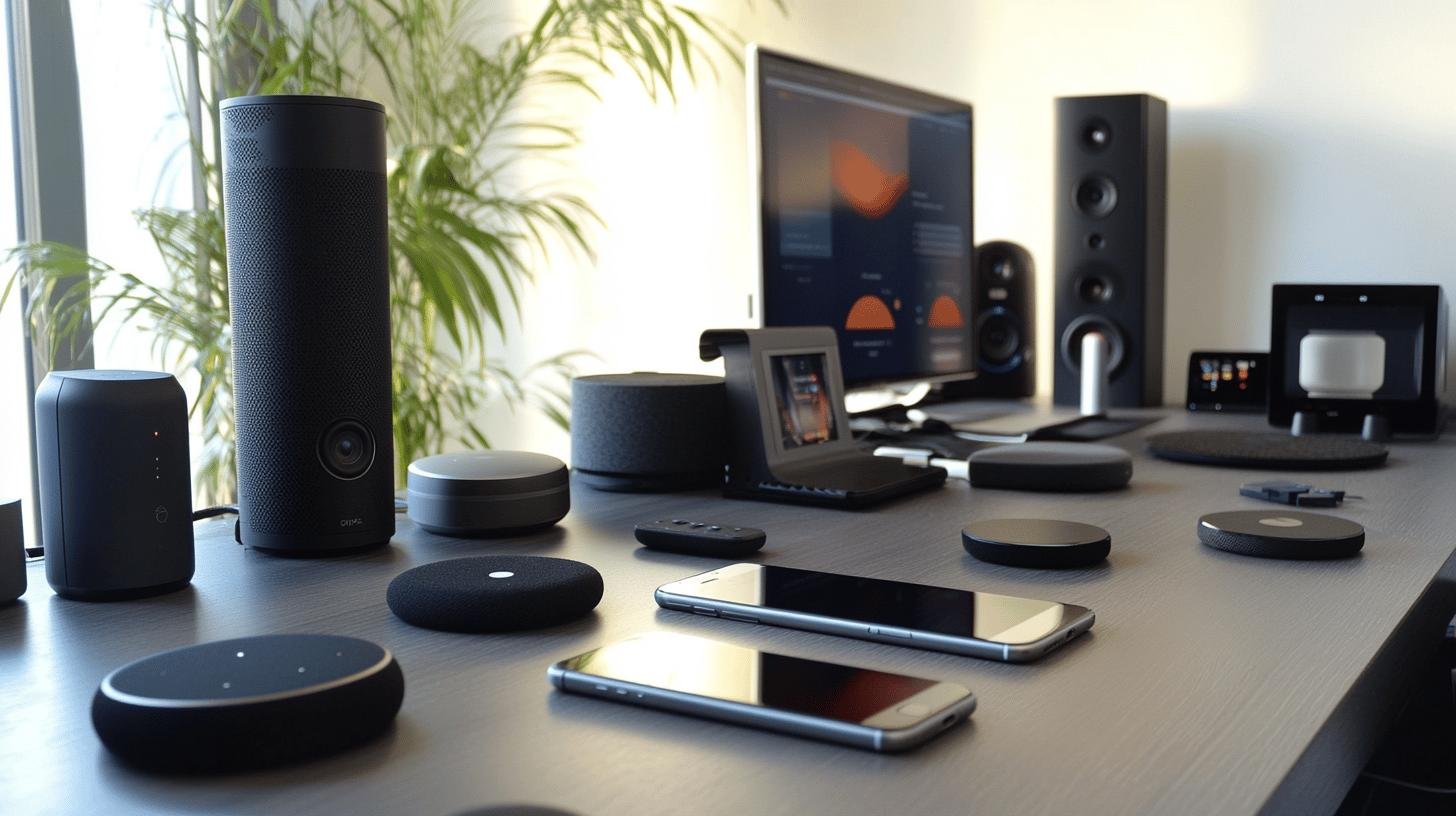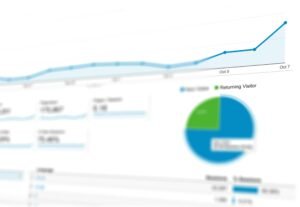Ever wondered how Google Assistant seems to just get you? It’s not magic—it’s some serious tech wizardry called AI integration! Think of it like a brain upgrade for your Google gadgets. This isn’t just geeky stuff; it changes how we interact with our devices. From chatting with your smart speaker to automating your home, AI is all about making life smoother and more fun. So, what’s the deal with Google Assistant AI integration? Let’s explore and see why it’s making waves!
Understanding Google Assistant AI Integration
Ever wondered how Google Assistant AI integration seems to know just what you need? That’s due to AI integration, which gives Google Assistant its impressive capabilities by connecting it with other AI technologies. This Google Assistant AI integration lets your Home devices and other gadgets perform even cooler tasks. But how does it happen? Technology like APIs, SDKs, and cloud services are crucial. They enable Google Assistant to communicate with other AI platforms and keep things running smoothly. Fascinating, right?
Here’s a brief look at the vital pieces of the integration puzzle:
- APIs: Enable different software to communicate effectively.
- SDKs: Provide toolkits for building new features.
- Cloud Services: Store and process data without using your device’s memory.
- AI Platforms: Serve as the brains behind smart features.
- Voice Commands: Transform your words into actions.
Pairing Google Assistant with other AI systems results in better voice recognition, so it understands even if you mumble or have an accent. It also feels more personal, like it genuinely knows you. This leads to suggestions that match your interests. Imagine all the time saved with an assistant tuned into your needs!
Integration Methods and Platforms for Google Assistant

How does Google Assistant AI integration function across various gadgets? It’s all about device compatibility. Google Assistant works with Android, iOS, and many IoT devices, giving you the flexibility to use it on your smartphone, tablet, or even your smart fridge. Whether it’s a smart speaker or a wearable device, Google Assistant fits easily into your tech ecosystem, making the experience seamless.
If you’re considering using Google Assistant AI integration across your devices, you must follow key steps. Start by setting up a developer account. This is your gateway to accessing the Google Assistant SDK, which acts like a toolkit for creating innovative features for your devices. Once you have the SDK, you can use machine learning models to teach Google Assistant specific tasks—it’s like giving your tech a brain!
Machine learning is crucial in this process. These models let Google Assistant learn from interactions, improving voice command understanding and predicting your needs. It’s like having a personal assistant that knows your habits and preferences, making for a smart and efficient experience.
Benefits and Use Cases of Google Assistant Integration
Integrating Google Assistant with other AI systems is like giving your digital assistant a significant upgrade. This enhances voice commands, making them more accurate and responsive. When you ask your assistant to play your favorite song or set a reminder, and it just gets you—that’s AI integration at work. It improves voice recognition, understanding you even if you mumble or have an accent. Businesses and users benefit as it delivers more personalized experiences.
Let’s explore some specific use cases where this integration truly excels:
- Smart Home Automation: Control lights, thermostats, and security systems with your voice.
- Customer Service Bots: Offer instant support and answer queries effectively.
- Personalized Shopping Assistants: Recommend products based on your shopping history.
- Healthcare Support: Schedule appointments and remind patients about medications.
- Educational Tools: Help students with homework and learning activities.
- Entertainment Management: Find and play movies or music suited to your likes.
Successful implementations of Google Assistant AI integration are growing across industries. In smart home tech, companies like Nest create seamless automation systems, allowing users to control everything from lights to coffee machines with simple voice commands. Retailers use AI-driven features to enhance the customer experience with personalized shopping suggestions. In healthcare, voice commands make managing patient care easier, helping medical professionals access information and provide timely assistance. These examples illustrate the versatility and impact of Google Assistant integration.
Challenges and Considerations in AI Integration

Ever thought about the challenges in mixing Google Assistant AI integration as a tech? One major concern is data privacy. How can we ensure personal info stays secure as it moves through different systems? The answer lies in robust security protocols like encryption and strict access controls. Then there’s the challenge of AI device compatibility—how do we ensure different devices communicate? Universal standards, like Bluetooth and Wi-Fi, help bridge these compatibility gaps, making the tech work seamlessly together.
Let’s break down key challenges and ways to address them:
- Data Privacy Concerns: Implement encryption to secure sensitive information.
- Compatibility Issues: Adhere to universal standards for smooth integration.
- Voice Command Accuracy: Regularly update models for better understanding.
- Maintenance Needs: Plan regular updates to keep systems efficient.
Keeping everything running smoothly isn’t a one-time task. Ongoing maintenance is crucial for ensuring Google Assistant stays effective. Why? Because AI technology is constantly evolving. Regular updates help fix bugs, improve voice command accuracy, and boost performance. It’s like giving your tech a regular tune-up to keep it in peak condition!
Future Trends in Google Assistant and AI Integration
Have you heard about Google Assistant teaming up with Bard? This collaboration is like pairing peanut butter with jelly—aimed at creating a more intuitive and responsive digital assistant. By integrating with Bard, Google Assistant becomes more innovative, improving how it manages tasks and delivers information. It’s like having a personal guide on your phone, ready to help with anything. This step forward in AI technology is making digital assistants not just smarter, but more personal.
What’s next for AI? We’re moving toward assistants that predict your needs before you even ask. Imagine your assistant booking flights because it knows you travel every December. AI integration is shifting towards more personalized and proactive experiences, using advanced algorithms to anticipate and act on your behalf. As AI technology advances, expect more seamless device and platform interactions, making life easier and more connected.
Google’s commitment to AI research is like a never-ending story. They’re always pushing the envelope to improve AI applications in everyday life. Whether refining voice recognition technology or developing new ways for AI to interact with users, Google remains dedicated. Their efforts ensure that AI integration continues to progress, making digital assistants an even more integral part of our lives. So next time you chat with your assistant, remember—you’re part of a bigger, smarter future.
Conclusion
Exploring Google Assistant AI integration reveals a fascinating blend of tech magic and practical perks!
We covered how it enhances functionality using APIs and platforms like Android and iOS. It benefits users with improved voice commands and even powers smart homes.
Sure, there are challenges, like privacy concerns, but with ongoing tweaks and updates, these become manageable.
With AI’s future trends looking bright, Google Assistant AI integration stands out as the next level for AI. Embrace the world of AI, and watch your tech toolkit grow!
FAQ
Does Google Assistant work with AI?
Google Assistant AI integration to enhance user interactions. This includes using speech recognition, natural language processing, and machine learning. It helps in providing smarter responses and automating tasks effectively.
Will Google integrate AI?
Google is actively integrating AI across its products, including Google Assistant. This effort aims to improve user experiences through advanced AI capabilities like accurate voice recognition and personalized interactions.
How to Google Assistant AI integration work in Homes?
To integrate AI into Google Home, you need to access Google Assistant SDK, create a developer account, and use APIs. This setup allows devices to leverage AI for smart voice commands and automation.
What domain of AI is Google Assistant?
Google Assistant operates within natural language processing and machine learning domains. These AI areas enable it to understand and respond to voice commands smartly, offering personalized and adaptive user experiences.




